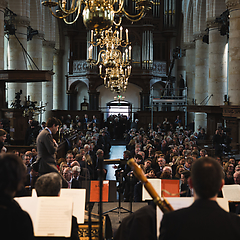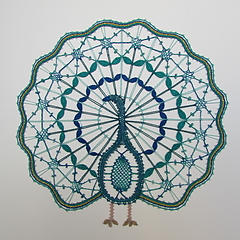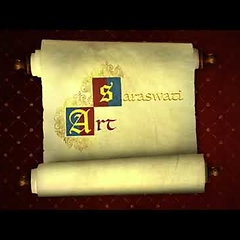Bubbling anno nowadays is considered a real dance art that not many people have mastered. The techniques of the past are mixed with the styles of today and that is what makes Bubbling different. Bubbling involves footwork where you make passes with your legs like a butterfly and move as smoothly as possible to music.
It is a dance form where you use the music theatrically, often wearing a mask and nice supple clothes so your dance moves are more visible. There are different types of Bubbling dancers, including dancers who make a lot of jokes in their dance, dancers who use a lot of acrobatics/breakdance and dancers who dance electric boogie with it.
Bubbling is a subculture of Hip-hop. Both dance cultures have elements like a DJ, mc, and intro makers (producers). In Bubbling, the intro makers (producers) are called the tickers. Fashion also has a big role. Bubbling's clothing style is clearly identified by certain shoes, sweaters, tracksuits and pants. In the nineties, for example, these included Nike Air Max, Chippie and Energy pants, Carlo Colucci / Ice berg sweaters, Australian and Nike tracksuits. Starter brand caps, hats and jackets were also popular with Bubbling.
Bubbling originated in the 1990s as a dance style and has continued to evolve in recent decades. The "riddems" of Jamaica used by DJ Moortje in the 92/93s caused bobbling/dancehall music to spread like a wave across Holland and Curaçao. It was also known as Pinocchio in the Antilles.
The dance style Bubbling was a mix of Robbe dop and Hiphop/breakdance, with dancers from Curaçao dancing robbe dop/breakdance and from Suriname dancing mainly skanking/hiphop/breakdance/Electric boogie. In Jamaica, they had a different name for this style of dance, which was "skanking."
Lloyd Stuart (Organizer Mr.B of L&L Productions) together with colleagues like Jose Da Silva, Lloyd Beeten, Ronald Bijnaar, Maikel Pierau and Ramon Seymor organized the biggest Bubbling parties. This is also where the idea of Amsterdam vs Rotterdam came from, where he had dancers from both Amsterdam and Rotterdam battling against each other. Randy Telg still organizes these battles together with the dancers and Mr. B.
From this battle Amsterdam vs Rotterdam arose an adapted dance style Bubbling which was mainly created by Rotterdam youth with names like Salomo, Reggie, Furgill, Clifton and Pschyco. They were founders of this style after which Amsterdam, Curaçao and other places followed.
Randy Telg has changed contemporary Bubbling to a new style under the name Groove Kings Style Bubbling. Randy is working on an academy where dancers can learn this style. Due to demand from abroad they are now also digitizing this dance style.
The Network of Intangible Cultural Heritage (ICH) shows the variety of cultural expressions that communities, groups or individuals themselves recognize as intangible cultural heritage. They have registered this ICH in the Network. The Dutch Centre for Intangible Cultural Heritage is therefore not responsible for the content of the description.
Description
Contact
Bubbling TV 2.0Rotterdam
Netherlands


